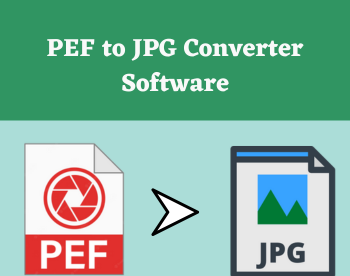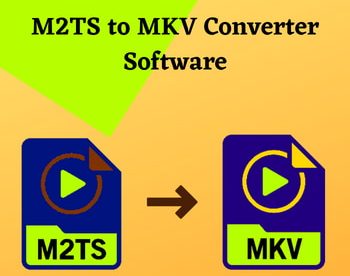5 Best Free Open Source Structural Analysis Software For Windows
Here is a list of best free open source structural analysis software for Windows. Structural Analysis is a mechanism through which users can determine the effects of load on a structure like buildings and bridges. You can find multiple structural analysis software on the internet. Although, if you are looking for open source structural analysis programs, then you can check out this article. The source code of the mentioned software is freely available. Plus, users can also edit their source code without any restriction.
Through most of these software, users can analyze structures consisting of beams. Plus, some software also allows users to manually design a beam structure by specifying the beam length, load value, load position, etc., values. While other software come with inbuilt example files that users can manually edit to specify custom structural and load values. After specifying all the input values, users can run the analysis and visualize various forces and their direction over the structure. Some of the forces that these software show are stress, shear force, moment, etc. In addition to visualizing the forces, they also show values of output analysis like force, moment, degree, etc. After the completion of the analysis, some software also lets users save both the analysis values and graphs.
In some software, I have also included the necessary steps to conduct structural analysis. Go through the list to know more about these software.
My Favorite Open Source Structural Analysis Software For Windows:
JBeam is my favorite software because it lets users manually create a beam structure and conduct structural analysis over it. Plus, it also visualizes the forces over a structure.
You can also check out lists of best free Open Source Video Analysis, Open Source Visio Alternative, and Beam Analysis software for Windows.
JBeam

JBeam is a free open source structural analysis software for Windows. Through this software, users can perform both static and dynamic two-dimensional structural analysis. As its name suggests, it is mainly used to analyze structures consists of beams. In this software, users can also create beam structures using nodes and connecting elements and then perform modal and static analysis on beam structures. After performing the analysis, users can find out the shear force, normal force, moments, and displacement values of a beam structure under observation. Now, check out the primary features of this open source structural analysis software.
Main Features:
- Node and Elements: These sections contain all the elements to make a beam structure such as X Constrained, Z Constrained, Truss, EB Beam, EBS Beam, etc. Users can manually select one element at a time and place it over its main interface. After that, users can join them to complete a beam structure.
- Change Properties: Using this tool, users can manually specify the values of beam structure such as length, distributed mass, VI, VK, EA, and more.
- Modal Analysis: After creating a beam structure and specifying the structure values, users can start the modal analysis by using this tool. After the completion of the analysis, users can view displacement, normal force, shear force, moment, etc., forces bore by the structure.
- Animate Mode: It is another handy feature that shows the movement that occurred in a structure under a certain force in the form of animation.
- Write to ASCII and HTML: Using these features, users can save the final analysis values in the form of ASCII TXT and HTML file formats.
Final Thoughts:
It is one of the best free open source structural analysis software that anyone can use to analyze structural strength and forces observed by a custom beam structure.
Beamax
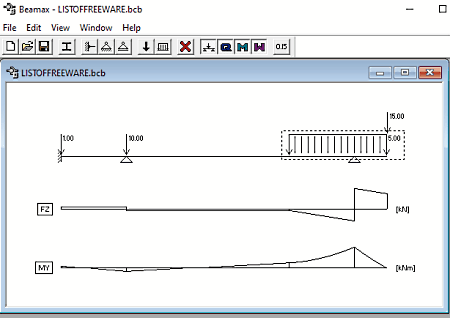
Beamax is another free open source structural analysis software for Windows. This software is specially designed to visually and analyze continuous beam structures. It also allows users to create simple beam structures and run analysis on them. Along with visualization, it also gives the numerical values of the analysis highlighting the shear force, bending moment, and displacement. In this software, users can also load existing Beamax (.bcb) files to run analysis on them. Now, check out the main features of this open source structural analysis software.
Main Features:
- New Beam: Use it to start building a new continuous beam structure. It also allows users to manually specify the length of the beam.
- Support Elements: After specifying the beam length, users can use support elements to specify the fixed, hinged, or roller support position for the beam.
- Load: Using it, users can manually specify the position of point and linear distributes loads over the beam and their values in KN/m.
- View: Now, users can enable the shear force, bending moment, displacement, and numerical values options by going to the View section to visualize the analyzed values in the form of multiple graphs.
Additional Features:
- Save: Use it to save the structural analysis values in the form of Beamax (.bcb) files.
- Print: With its use, users can save the structural analysis graph in the form of a PDF.
Final Thoughts:
It is an easy to use open source structural analysis software through which users can visually analyze a continuous beam structure.
Bramante
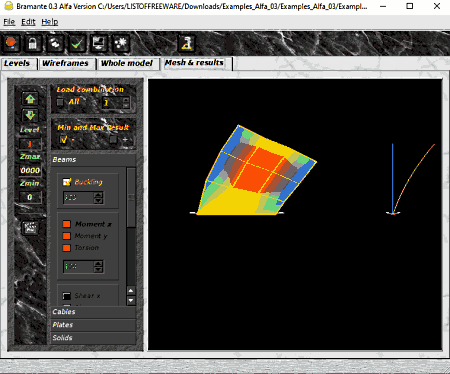
Bramante is another free open source structural analysis software for Windows and Linux. Using this software, users can evaluate various types of structures for static or dynamic seismic analysis. To perform structural analysis, users need to input a structural design EPS file in this software. After that, users can visualize and analyze the structure present in the input EPS file. To visualize the structural design, this software offers various tools like wireframe, whole model, mesh, etc. Besides this various model panning, rotating, and zoom-in tools are also present in it. Now, to conduct analysis, users need to use the Run Solver tool that analyzes and shows various aspects of a structural design. Now, take a look at the primary features of this software.
Main Features:
- Levels: After loading a structural design file, users can use this section to move between individual levels of a building or house structure.
- Whole Model: It shows the structure model in its entirety. Plus, it also lets users pan and zoom in on the model for closer inspection of a model.
- Wireframes: It helps users view a structure in the form of a wireframe to view the internal structures of a model.
- Run Solver: By pressing the Run Solver button users can initiate the structural analysis of an input structure.
- Mesh & Results: After the completion of the analysis process, users can go to this section to view various forces (strain, stress, moment, etc.) on beams, bucklings, cables, players, etc., elements of a structure.
Additional Feature:
- Save: After conducting the analysis, users can save the entire project with all the analysis values in the EPS file format.
Final Thoughts:
It is another capable open source structural analysis software that helps users visualize and analyze complex structures.
Frame3DD
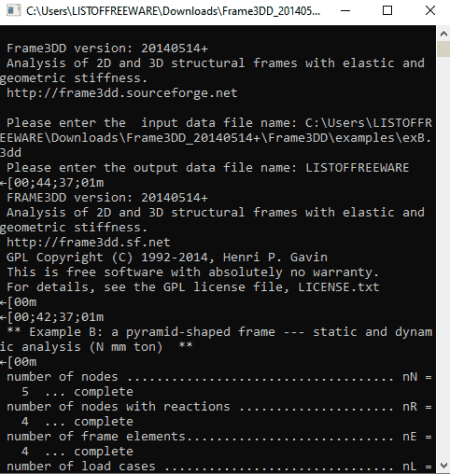
Frame3DD is yet another free open source structural analysis software for Windows, Linux, and macOS. Through this software, users can conduct both static and dynamic structural analyses. Plus, it also supports two and three-dimensional trusses with geometric and elastic, and stiffness. This software requires 3DD files carrying all the structure data in the form of Position, SF Right, BM Left, Slope, etc., values of each level of a structure. Multiple sets of example files also come with this software that users can edit (to edit input custom structural values) using the Excel program. Although this software doesn’t come with a graphical user interface, this user needs to use a console along with the right set of commands to run it. Now, follow the below steps to run structural analysis in this software.
How to run structural analysis in Frame3DD:
- First open up one of the example files that come with this software in Excel, Libre Office, etc., programs.
- Now, users can manually edit the default values of the example file.
- Next, copy the file and paste it to the Windows folder of this software.
- Now, launch this software using the command prompt.
- After that, write this command
frame3dd.exe -i input_file.3dd -o output_file_name. - In end, tap on the Enter button to run the analysis.
After the completion of the analysis, users can view output analysis values on the command prompt such as linear elastic analysis, number of dynamic nodes, number of loaded nodes, RMS residual incremental display value, and more.
Limitation:
- This software doesn’t come with a graphical user interface.
Final Thoughts:
It is a good open source structural analysis software through which users can run various analyses on structural file data.
Intermediate Beam Analysis Program
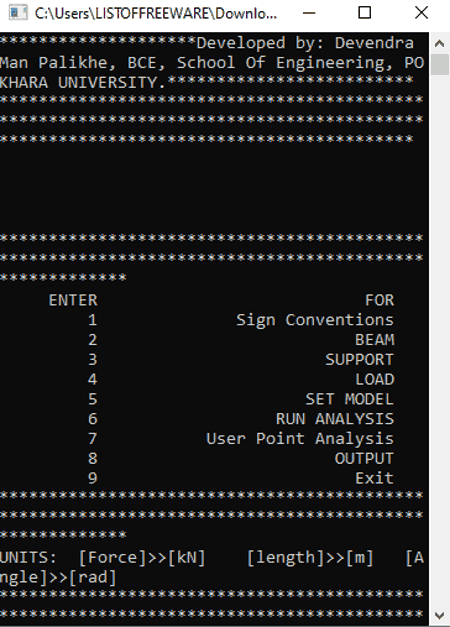
Intermediate Beam Analysis Program is the next free open source structural analysis software for Windows. This software is developed to conduct structural analysis by students of various fields like Civil, Beam Designing, Structural Engineering, and more. It also supports various important structural analysis features like Equation Load (Trapezoidal Loads), Support Conditions (Rotation and Deflection), up to 20 simultaneous loads, and more. To help users conduct analysis, it comes with beam, support, load, etc., files that users can manually edit to specify the beam length, load parameters (net value, degree, starting point, endpoint etc.), etc., values. Now, follow the below step to conduct structural analysis using this software.
How to conduct structural analysis using Intermediate Beam Analysis Program:
- Open up the BEAM file of this software in notepad to manually specify the length of the beam in the meter.
- Next, open up its LOAD file in Excel or Libe Office software to specify the load parameters like load weight, degree, the position of length, etc.
- After that, run this program and then type number 6 to run structural analysis.
- When the analysis gets completed users can view the output carrying analysis values such as Beam Slope, Detection Value, BM Right, BM Left, and more.
This software automatically saves all the output values in an Output.csv file.
Additional Feature:
- Sign Conventions: It helps users understand various sign conventions used by this software like +ve (clockwise point movement), kN (load), m (distance), and more.
Limitation:
- This software lacks a graphical user interface.
Final Thoughts:
It is a nice open source structural analysis software that offers a good set of features to perform structural analysis.
Naveen Kushwaha
Passionate about tech and science, always look for new tech solutions that can help me and others.
About Us
We are the team behind some of the most popular tech blogs, like: I LoveFree Software and Windows 8 Freeware.
More About UsArchives
- May 2024
- April 2024
- March 2024
- February 2024
- January 2024
- December 2023
- November 2023
- October 2023
- September 2023
- August 2023
- July 2023
- June 2023
- May 2023
- April 2023
- March 2023
- February 2023
- January 2023
- December 2022
- November 2022
- October 2022
- September 2022
- August 2022
- July 2022
- June 2022
- May 2022
- April 2022
- March 2022
- February 2022
- January 2022
- December 2021
- November 2021
- October 2021
- September 2021
- August 2021
- July 2021
- June 2021
- May 2021
- April 2021
- March 2021
- February 2021
- January 2021
- December 2020
- November 2020
- October 2020
- September 2020
- August 2020
- July 2020
- June 2020
- May 2020
- April 2020
- March 2020
- February 2020
- January 2020
- December 2019
- November 2019
- October 2019
- September 2019
- August 2019
- July 2019
- June 2019
- May 2019
- April 2019
- March 2019
- February 2019
- January 2019
- December 2018
- November 2018
- October 2018
- September 2018
- August 2018
- July 2018
- June 2018
- May 2018
- April 2018
- March 2018
- February 2018
- January 2018
- December 2017
- November 2017
- October 2017
- September 2017
- August 2017
- July 2017
- June 2017
- May 2017
- April 2017
- March 2017
- February 2017
- January 2017
- December 2016
- November 2016
- October 2016
- September 2016
- August 2016
- July 2016
- June 2016
- May 2016
- April 2016
- March 2016
- February 2016
- January 2016
- December 2015
- November 2015
- October 2015
- September 2015
- August 2015
- July 2015
- June 2015
- May 2015
- April 2015
- March 2015
- February 2015
- January 2015
- December 2014
- November 2014
- October 2014
- September 2014
- August 2014
- July 2014
- June 2014
- May 2014
- April 2014
- March 2014
